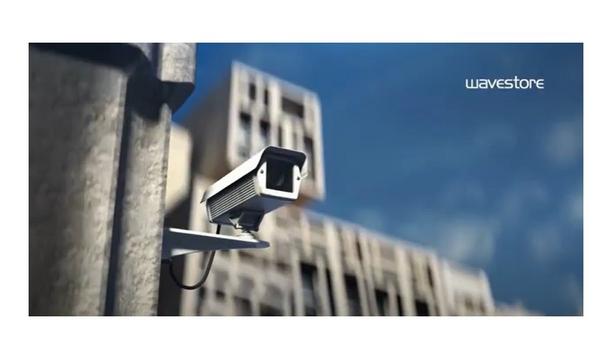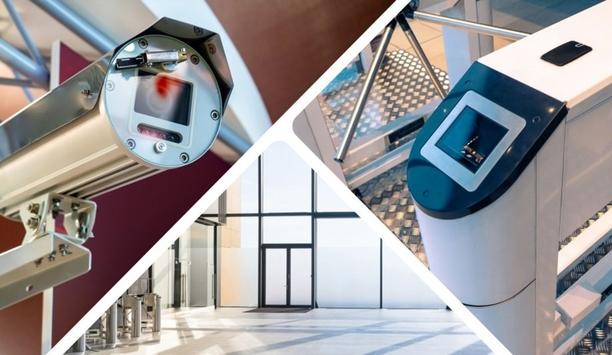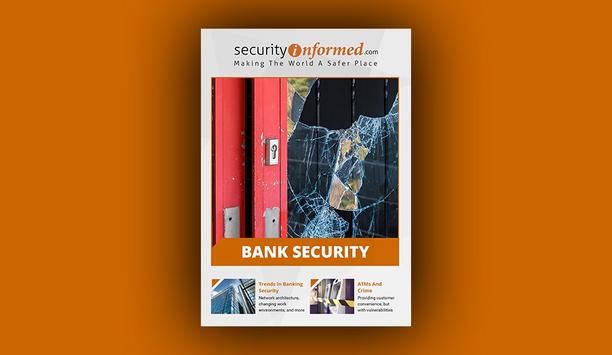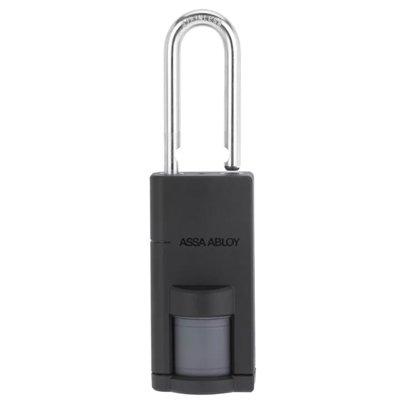As the world continues to become more connected, it’s becoming increasingly important to adjust security and safety procedures in the workplace. But today’s ever-evolving office environment can present unique safety and preparedness challenges.
No two businesses are exactly alike, with some located in numerous buildings or spread out across campuses, while others have employees that frequently journey from different locations, work remotely or travel internationally. With this shifting environment, Rave Mobile Safety’s recent Workplace Safety and Preparedness survey asked over 500 full-time employees in various industries across the United States about their views on safety at work and emergency preparedness.
Preferred Safety Measures
Only 57 percent of respondents indicated that their workplace currently had preparedness drills in place for critical situationsThe survey looked at how employees and companies respond to various workplace emergencies: workplace violence, active shooter, medical emergency, fire, hazmat incidents, weather events and cyberattacks/system outages. Respondents provided insight on the current state of safety in their workplace, as well as how they want to be contacted when an emergency occurs.
Though opinions on the preferred safety measures differed between generations and also between on-site and offsite workers, one fact remains consistent: there is much to be done to instill a better sense of safety in the workplace. While the findings show that employees feel safe in their workplace, only 57 percent of respondents indicated that their workplace currently had preparedness drills in place for critical situations.
Quick Thinking
Of the plans currently in place, excluding fire, 57 percent of the other major emergency plans were rarely or never tested. With so few drills in place, employees are left not knowing the best ways to respond to emergencies like weather events or hazmat incidents or if their employer recommends a certain response to situations like medical emergencies.
 |
| Testing these plans is essential so that all employees, whether they are new to the company or not |
Even if plans are in place to begin with, not ensuring your employees understand and are comfortable with how to react to certain situations, can put the organization in harm’s way. Testing these plans is essential so that all employees, whether they are new to the company or not, have the appropriate response top of mind and their actions become second nature during a situation that will likely require quick thinking.
Workplace Violence
Instilling regular practices will only further ensure that responses will happen seamlessly, regardless of the emergency. Beyond the general awareness of drills and practices, most surprising in the responses was the fact that 34 percent of female respondents were unaware of workplace violence emergency plans.
This is particularly shocking because workplace violence is the second leading cause of death for women in the workplace, according to the U.S. Bureau of Labor Statistics. This shows an obvious lack of preparedness from organizations. It’s immensely important that employees to understand the relevant dangers of the workplace, especially when alternative could have a fatal result. The differences between baby boomers and millennials in the workplace is a common barometer showing how the workplace is continuing to change.
Emergency Plans
Workplace violence is the second leading cause of death for women in the workplace, according to the U.S. Bureau of Labour StatisticsWhat may have worked for previous generations must be reworked and adjusted so every generation is made aware of and understands the plans and procedures in place. These changes can help make workplace safety plans fresh and continuously relevant.
With that in mind, millennials currently represent the largest segment of employees unaware of emergency plans for major workplace emergencies. 38 percent of this age group are unaware of existing emergency plans, compared to just a 28 percent average of employees over the age of 35. This could be associated with the fact that some organizations are not communicating plans with newer employees or even that organizations that employ a significant number of millennials might not have plans in place at all.
Affecting Everyday Work
If the newest generation is unaware of these plans, then it is only a matter of time before Generation Z enters the workforce and is in even worse position when it comes to emergency awareness.
 |
| The survey results showed that on average, workplaces use two methods of communication for emergencies |
Feeling safe and secure at work should not be something that workers need to focus on, however more than a quarter of respondents that work remotely said that worrying about safety is exactly what is affecting their everyday work. With that in mind, it’s even more concerning to see that there seems to be a clear divide between current methods and preferred methods of communication during an emergency. The survey results showed that on average, workplaces use two methods of communication for emergencies, with the top two being intercom system announcement/building alarm (27 percent) and email (22 percent).
Mass Text Messages
At first, these methods seem to cover both remote and in-office employees, but survey results actually showed that both groups preferred and would be better reached during other methods.
While email is the second most common emergency method currently in place by organizations, it actually ranks as the fourth most preferred method at a mere 11 percent. Even with a clear preference towards communication via mass text messages by respondents (39 percent of remote workers prefer this method), less than 20 percent of companies actually take advantage of this technology. This clear disconnect shows that organizations must find what works best for their employees instead of using methods that were previously established or that are just currently being used.
Preparedness Plans
What remains important for organizations, regardless of size or industry, is to keep emergency preparedness plans ever evolving
Communication can not only be essential to alert employees to everyday situations, like office closures, but it is also imperative in preventing emergencies to escalate when they do occur. Although this survey discusses the current state of safety in the workplace, it’s that the disconnect between employee perceptions and employer polices that’s the most concerning.
Companies need to take steps to understand how their employees would like to be reached during an emergency, as well as how employees would also like to reach out to management to report their own concerns.
What remains important for organizations, regardless of size or industry, is to keep emergency preparedness plans ever evolving and well communicated, so your employees are confident in the emergency plans in place. By proactively planning and practicing for emergency events through table top exercises and drills, employers can demonstrate their commitment to employee safety and preparedness and build employee confidence.






















